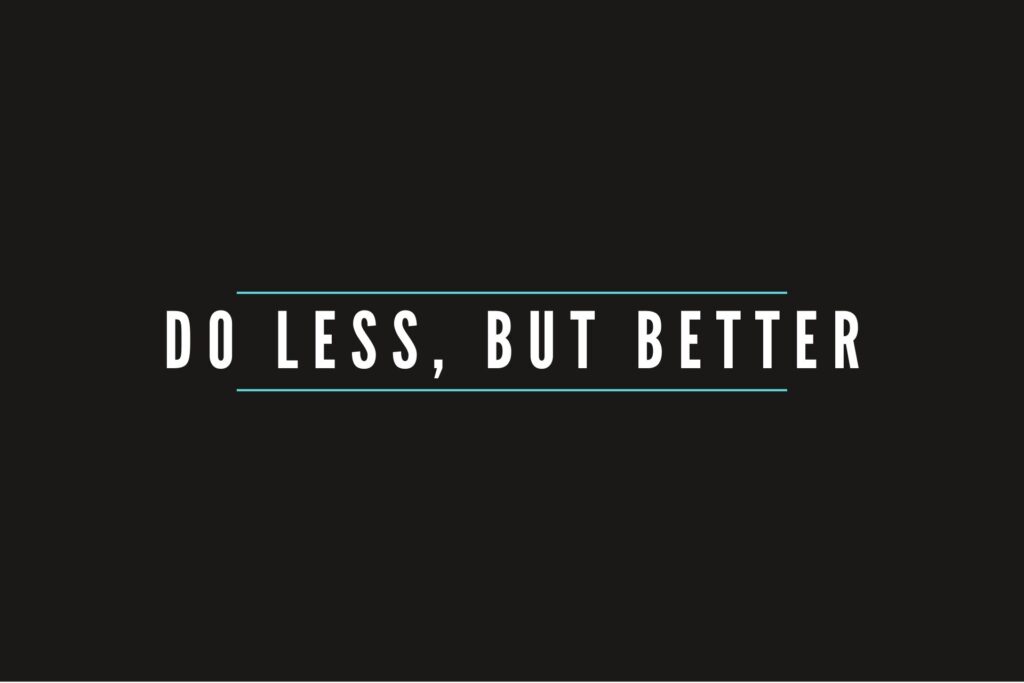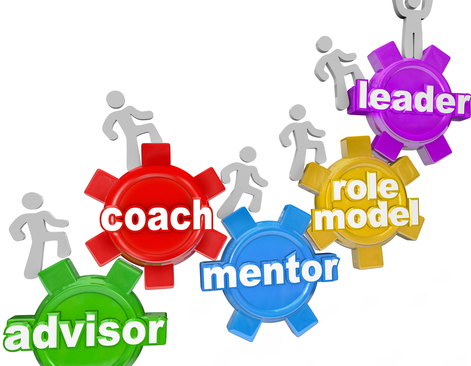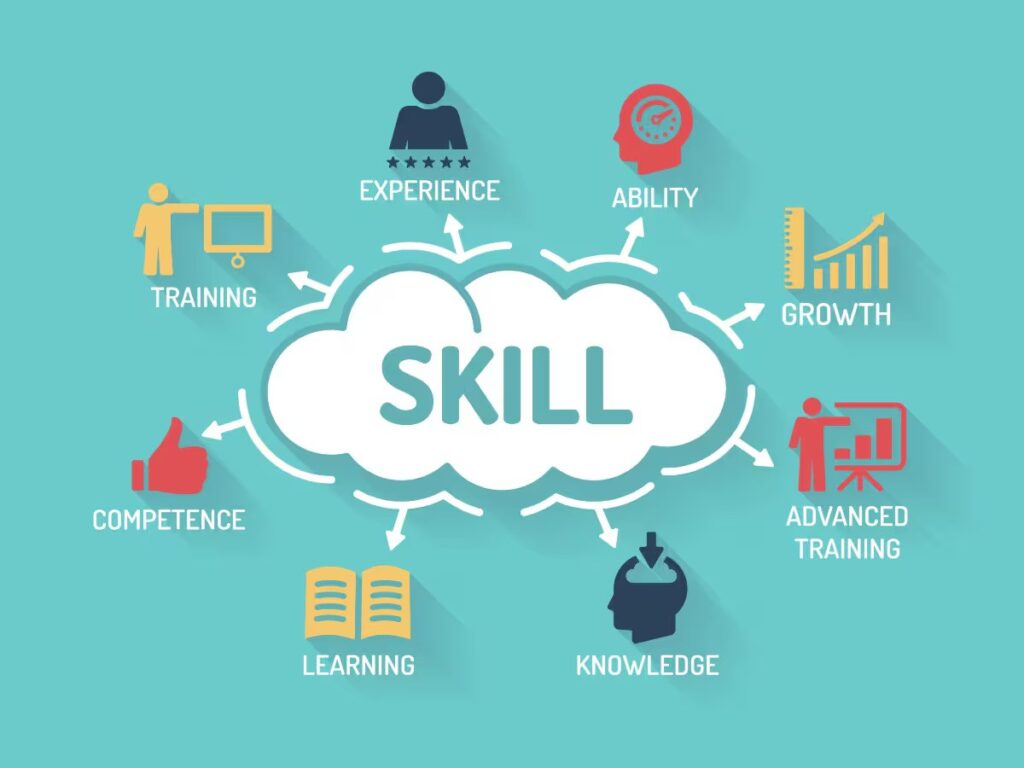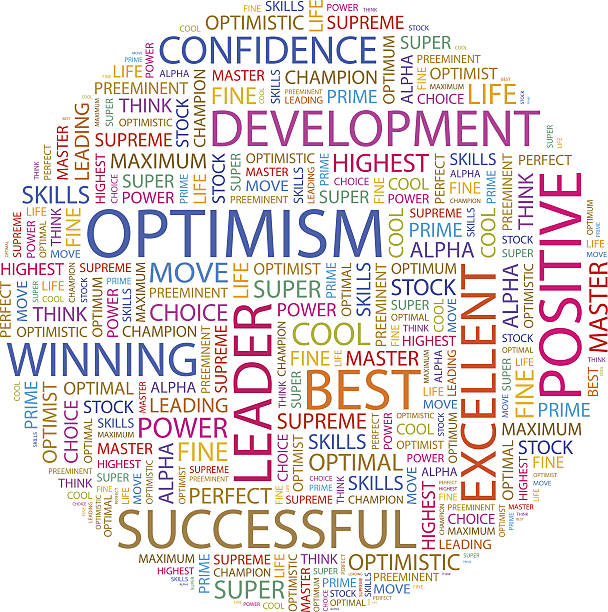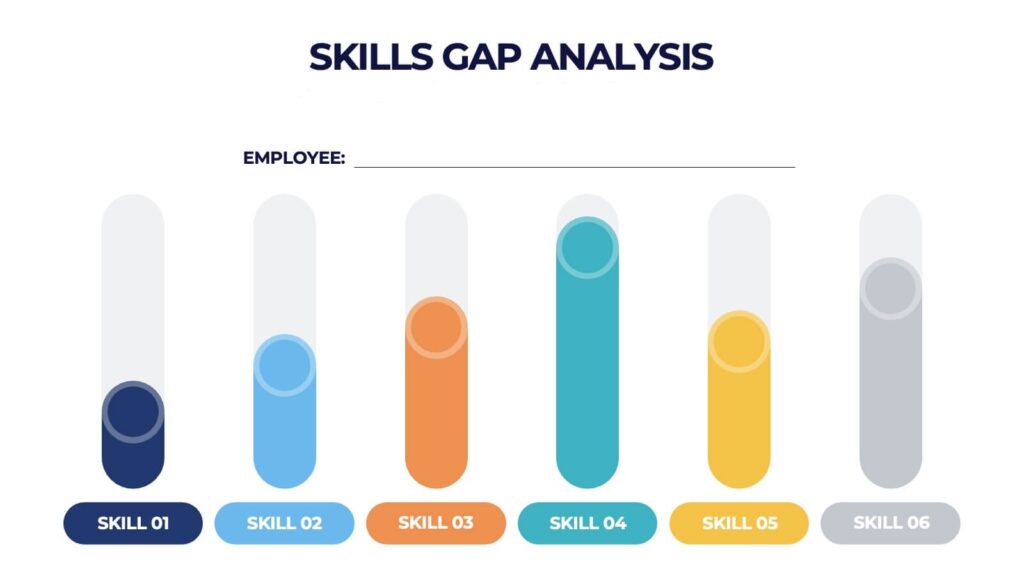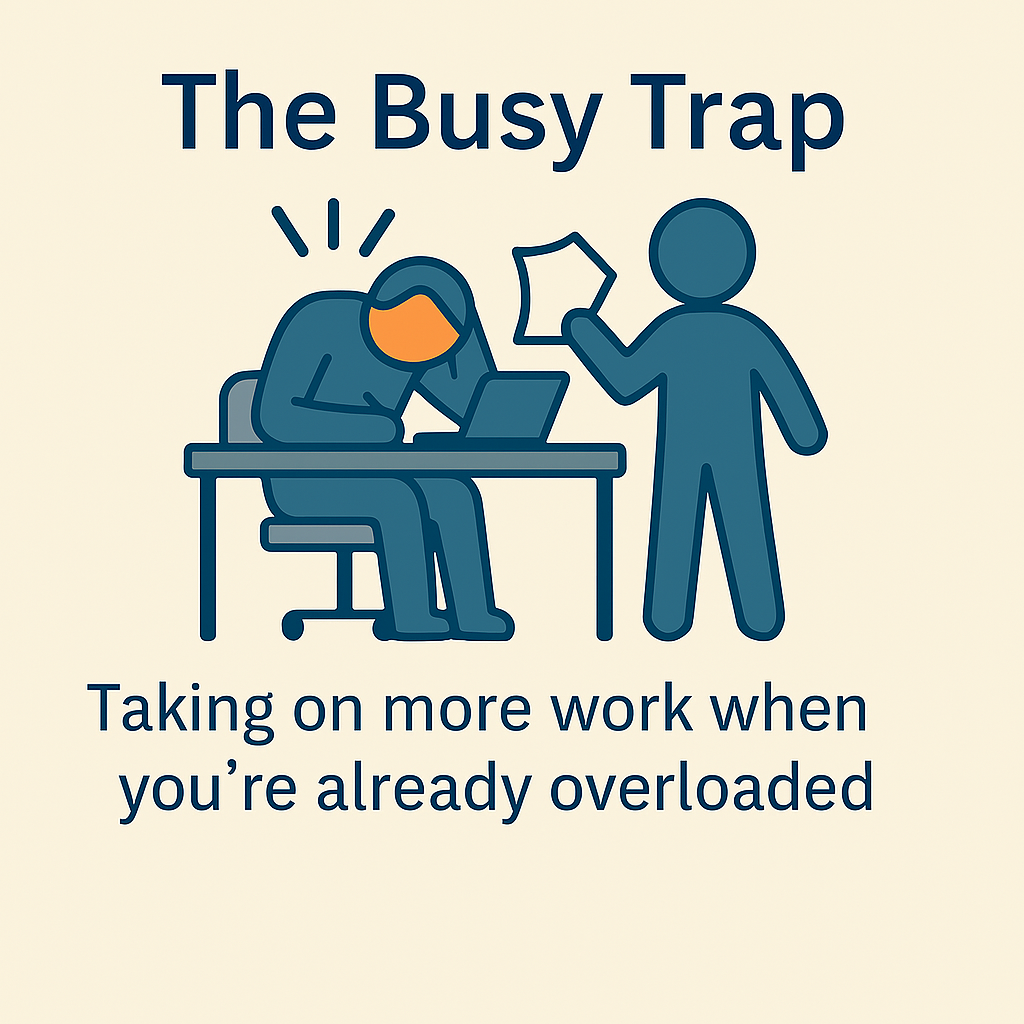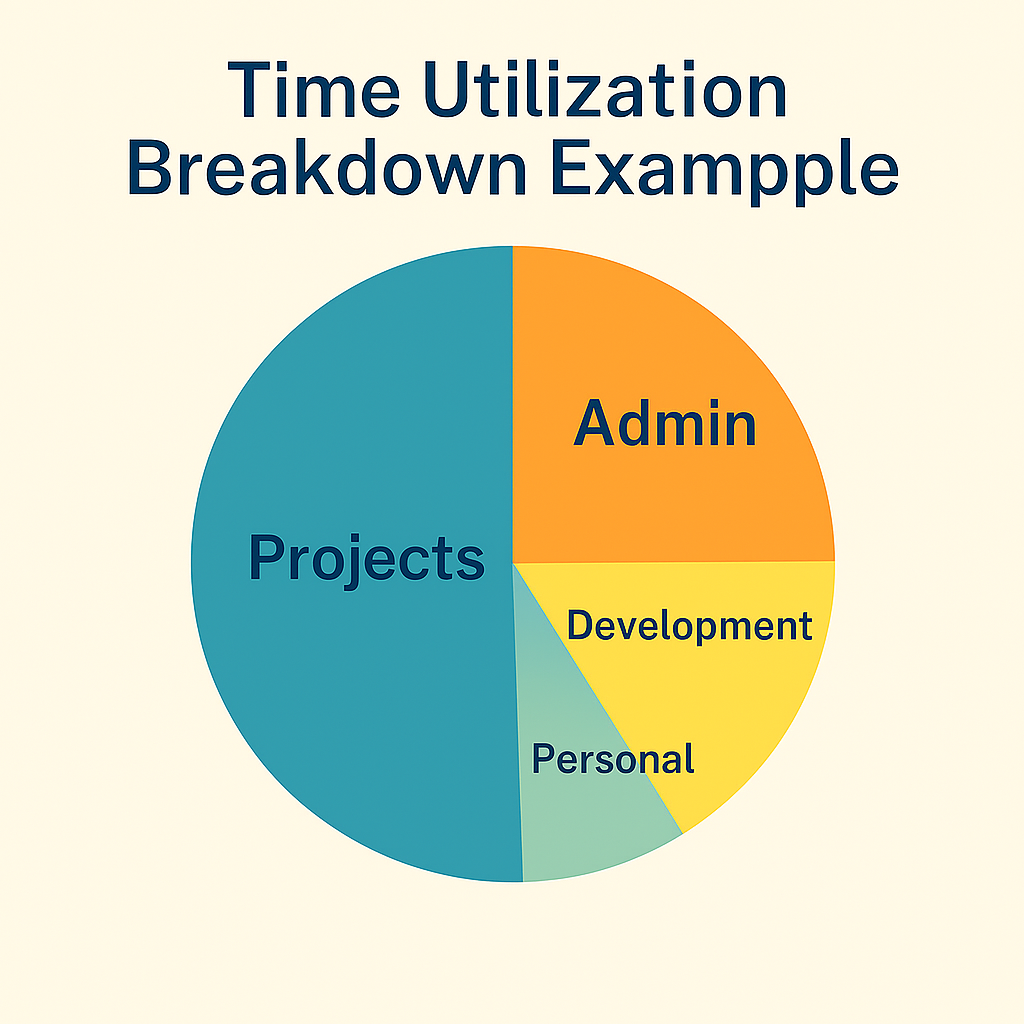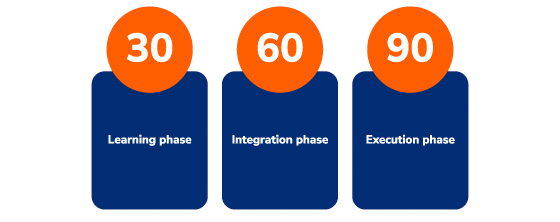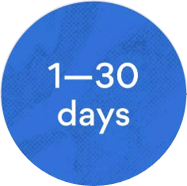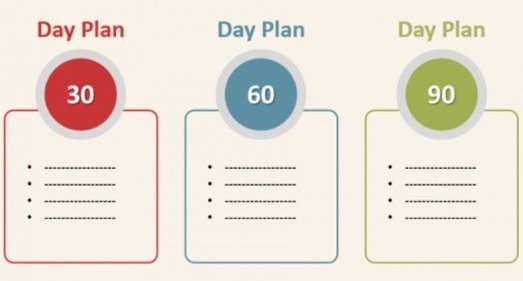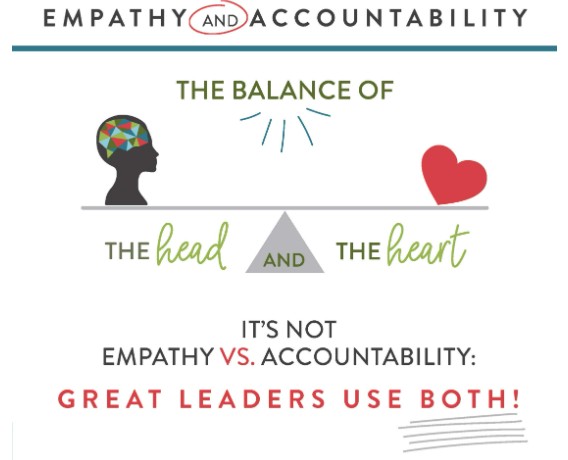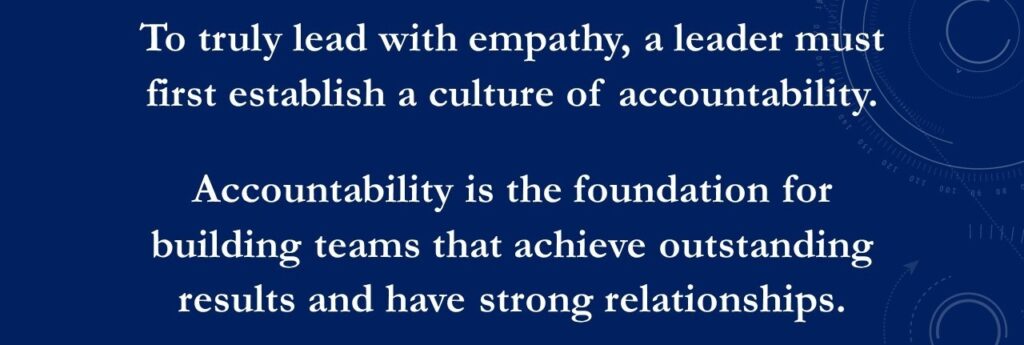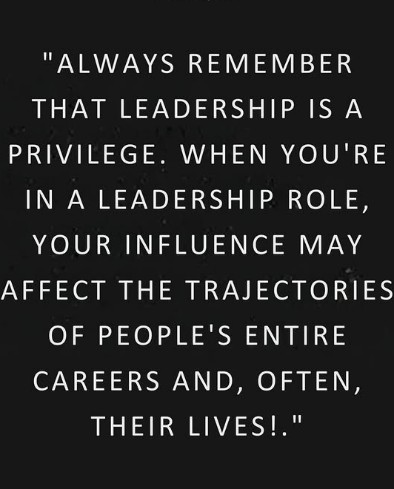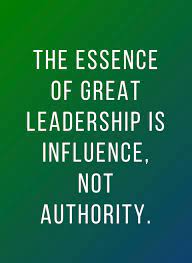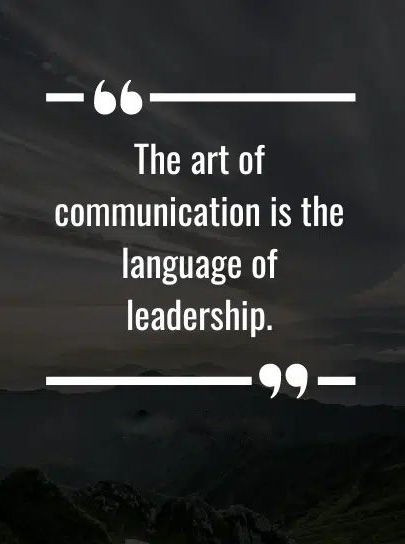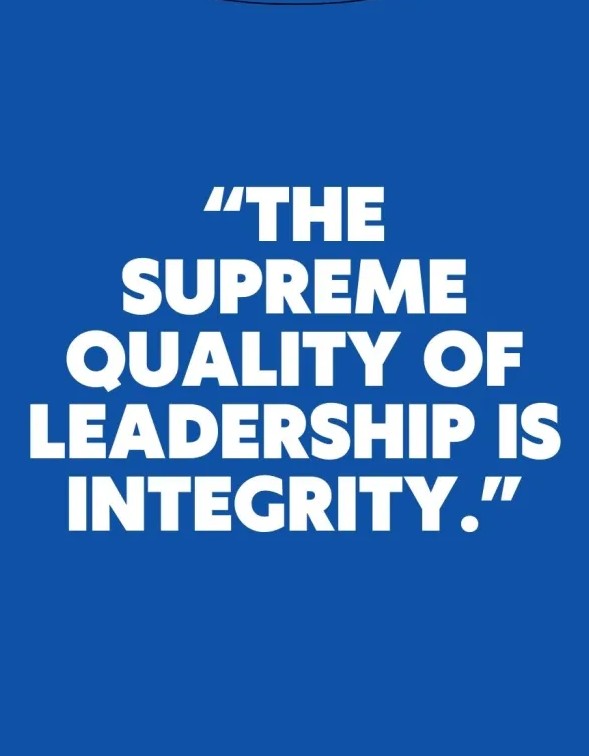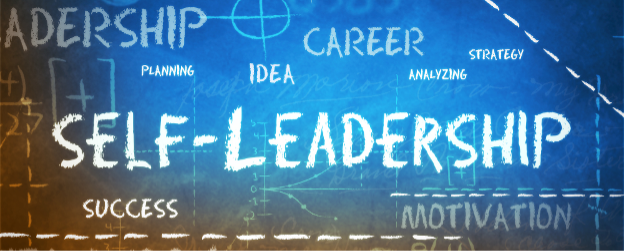Making Real Progress When Everything Feels Urgent
Note from Bryan:
This month’s blog is arriving a little later than usual — and for a joyful reason! My daughter was married this week, and between celebrating with family and traveling home, the blog (rightfully) took a back seat for a few days. Thank you for your understanding and your continued readership. Now, let’s dive in!
A fresh start for the blog — and for your focus.
Welcome to the New Format
When I started The Griffen’s Lair one year ago, I committed to a bold rhythm — one new blog every week, each paired with a downloadable tool designed to help leaders and professionals grow with clarity and confidence. That was May of 2024.
Now, a full year and 50+ tools later, this blog is evolving.
Going forward, you’ll hear from me just once a month — but each post will go deeper. I’ll share more stories from my work with coaching clients, more nuanced tools, and more practical guidance to help you lead with greater impact. These posts will be longer, more intentional, and — if I’m doing my job well — more valuable.
This shift isn’t about pulling back. It’s about focusing forward.
Why We’re So Busy… and Still Not Advancing
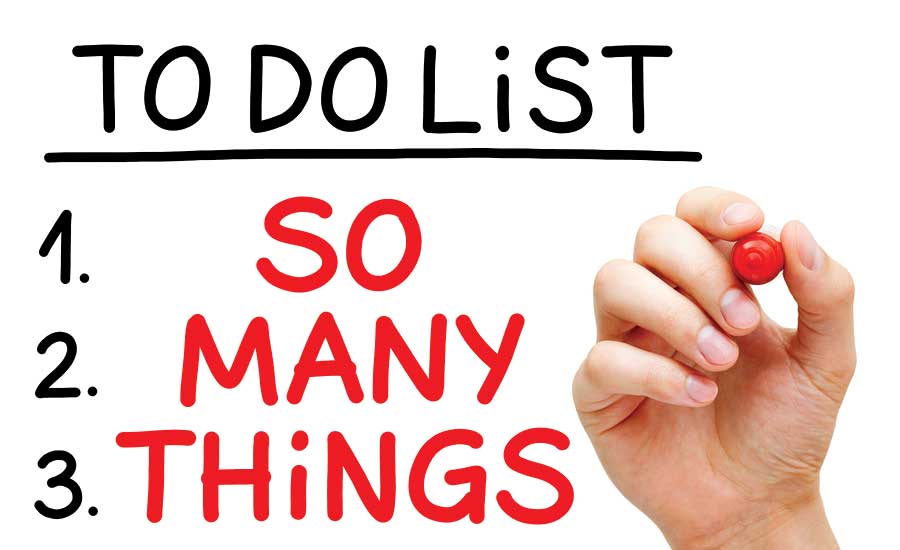
One of the most common challenges I hear from leaders — especially technical professionals and operational managers — is this: “I’m working constantly, but I don’t feel like I’m getting anywhere.”
It’s a frustrating space to be in. You’re showing up every day, fielding back-to-back meetings, answering messages that never stop coming, and pushing projects over the line. And yet, despite the effort, the big stuff — the work that really matters — keeps getting postponed.
That kind of workload doesn’t just wear people out. It eventually undermines confidence, direction, and momentum.
And in nearly every case, the root cause isn’t that people aren’t capable. It’s that they’ve lost their filters.
It’s Not About Time — It’s About Clarity
Urgency isn’t going away. Every one of us faces real demands. Some deadlines are non-negotiable. Some issues truly are pressing. The modern workplace is a fast-paced environment, and most professionals are managing a heavy load.
But urgency only becomes a problem when we no longer know what matters most.
When we haven’t clearly defined our goals or when we’ve taken on so much that everything feels equally important, urgency becomes a trap. It pulls our attention to what’s loudest, not what’s most meaningful. And over time, we begin to confuse movement with progress.
That’s why I often say that the real issue isn’t urgency itself. The real issue is the absence of a framework for prioritization.

A Client Story: How One Leader Reclaimed Their Focus
Let me share an example from a coaching engagement I had with a senior operations leader — we’ll call them Alex.

When Alex and I began working together, their calendar was a wall of meetings. Every hour was claimed. They were constantly responding to messages, putting out fires, and jumping in to help wherever needed. From the outside, it looked like Alex was highly engaged and indispensable.
But inside? They were burning out.
Alex told me, “I’m constantly working, but nothing feels like it’s really moving forward.”
We dug in together. What we uncovered was that Alex was responding to everything — because they hadn’t built a system to decide what to say “yes” to… and what to let go of. Like many capable professionals, they felt uncomfortable saying “no.” They didn’t want to disappoint their team, their peers, or their leadership. And without a clearly defined filter, everything felt urgent.
So, we built one.
Together, we identified Alex’s top three strategic priorities for the quarter. We developed language they could use to confidently — and respectfully — decline or delegate tasks that didn’t align with those priorities. We blocked time on the calendar for focused work and treated it as protected space. And we coached the team on how to self-sort issues before escalating them unnecessarily.
Within four months, Alex noticed a difference. The interruptions slowed. The team began making more decisions independently. And the right work — work that aligned with strategy — began moving again.
By the six-month mark, Alex had reclaimed over six hours each week. That’s nearly a full workday they could now invest in strategic planning, leadership development, and moving forward instead of catching up.
A Simple Filter for Complex Demands
You don’t have to say yes to everything. You just need a way to decide.
Here’s the three-question filter I gave Alex — and that I now offer to many of my clients when they feel overwhelmed:
- Does this move me closer to a meaningful goal?
- Am I the only person who can do this?
- What is the cost of doing this now versus doing it intentionally later?
You won’t always have a perfect answer. But these questions provide a starting point — one that helps you distinguish between what’s urgent and what’s important, what needs you specifically, and what might be better delegated, deferred, or dropped.
Thought Traps That Keep Us Stuck
We also spent time working through mindset shifts. One of the most common “thought traps” I see leaders fall into is this:
“If I don’t do this now, everything will fall apart.”
But here’s the truth:
“If I do everything, nothing strategic will ever move forward.”
Learning to let go is hard. But it’s also necessary — because leadership isn’t about doing it all. It’s about doing what matters.

The Strategic Time Focus Toolkit
A while back, I created a simple Eisenhower-style matrix to help people sort through what’s urgent and what’s important. It worked well. But as we step into this new monthly rhythm, I want the tools to evolve, too.
So, with this month’s post, I’m including a completely reimagined version — what I now call the Strategic Time Focus Toolkit.
This isn’t just a worksheet for today’s to-do list. It’s designed to help you manage focus and alignment across a full month.
Inside, you’ll find:
- A redesigned urgency/importance matrix
- A technique to Identify and align your strategic priorities
- A method for auditing your time allocation
- A method for finding the gaps and friction points
Like the blog, this tool is built to go deeper — to guide you toward thoughtful, intentional progress over time.
Your Challenge for May
Before that tool even lands in your inbox, I want to leave you with a simple challenge.
Block two hours this week.
Silence your notifications. Close your inbox. Let your team know you’re unavailable.
Then use that time to reflect. Ask yourself:

- What’s actually driving my work right now — intention or urgency?
- Do I have clear goals guiding my effort?
- Where am I saying “yes” to tasks that don’t align with what matters?
No one gives you time to reflect.
You have to take it.
And that’s why I’m here — to help you pause, reflect, and act with intention.
Final Thought
You’ve likely heard the saying: “Work on your business, not just in it.”
The same holds true for your leadership. If you’re constantly reacting, constantly accommodating, constantly pulled in every direction, it’s nearly impossible to build something meaningful.
Progress — real progress — requires clarity. It requires space. And above all, it requires courage to say: “This matters, and I’m going to protect time for it.”
So, here’s to leading with focus. I’ll see you again next month — with a tool I believe you’ll find incredibly useful. Until then — lead with clarity, act with courage, and grow on purpose.
— Bryan




